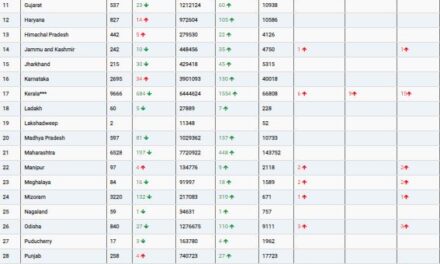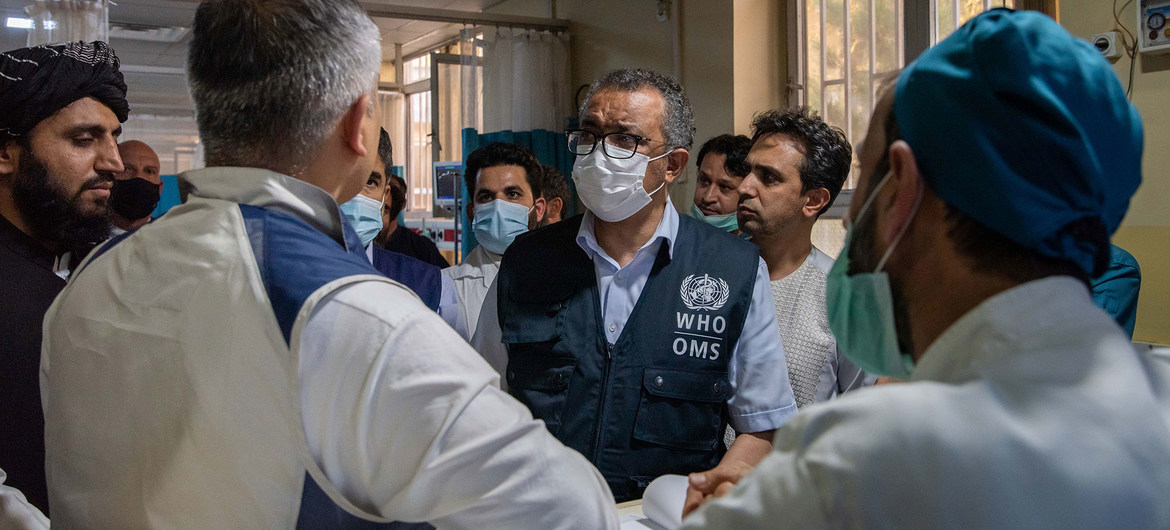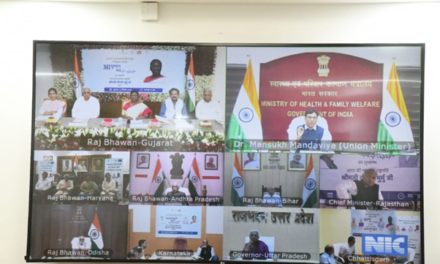Heart disease continues to be a leading cause of mortality worldwide, with myocardial infarctions, commonly referred to as “heart attacks,” claiming countless lives annually. While heart transplants remain a primary treatment option for patients facing heart failure, the scarcity of donors and the high costs associated with the procedure have spurred efforts to develop alternative therapies.
One such promising avenue is regenerative heart therapy, which involves transplanting cardiac muscle cells into damaged areas of the heart to restore lost function. However, a significant drawback of this approach has been the elevated risk of arrhythmias following the procedure. In a bid to address this challenge, researchers from Japan have conducted a groundbreaking study that offers hope for safer and more effective regenerative heart therapy.
Led by Professor Yuji Shiba from Shinshu University, a team of researchers embarked on a novel approach involving the injection of ‘cardiac spheroids,’ derived from human induced pluripotent stem cells (HiPSCs), directly into damaged ventricles. The study, published in the prestigious journal Circulation on April 26, 2024, showcases highly promising outcomes observed in primate models, marking a significant step forward in regenerative heart therapy.
The research team, which included Hideki Kobayashi, Koichiro Kuwahara from Shinshu University, and Shugo Tohyama and Keiichi Fukuda from Keio University School of Medicine, meticulously cultivated HiPSCs into cardiomyocytes before extracting and purifying cardiac spheroids from the cultures. These three-dimensional clusters of cardiac cells were then injected into the damaged hearts of crab-eating macaques, a species of primate commonly used in medical research.
Key to the success of the study was the verification of correct reprogramming of HiPSCs into cardiomyocytes. Cellular-level electrical measurements confirmed that the cultured cells exhibited patterns typical of ventricular cells and responded appropriately to known drugs. Importantly, the cells expressed adhesive proteins conducive to their integration into existing heart tissue, enhancing the prospects of successful regeneration.
Another noteworthy aspect of the study was the transportation of cardiac spheroids from the production facility to the site of injection. Remarkably, the spheroids remained viable during transit without the need for extreme cryogenic measures, thereby streamlining the process and reducing associated costs.
Throughout the observation period, arrhythmias were found to be rare among the treated monkeys, with only transient instances observed in a small minority. Echocardiography and computed tomography exams revealed improved left ventricular ejection in the treatment group, indicating enhanced blood pumping capability compared to the control group.
Histological analysis further validated the efficacy of the treatment, with cardiac grafts demonstrating maturity and proper integration with pre-existing tissue. Assistant Professor Kobayashi expressed optimism about the results, highlighting the potential of HiPSC-derived cardiac spheroids as an optimal form of cardiomyocyte products for heart regeneration.
The success of this study has paved the way for the LAPiS trial, a clinical trial employing the same cardiac spheroids on patients with ischemic cardiomyopathy. As researchers continue to push the boundaries of regenerative medicine, there is newfound hope for the millions worldwide suffering from heart disease.












